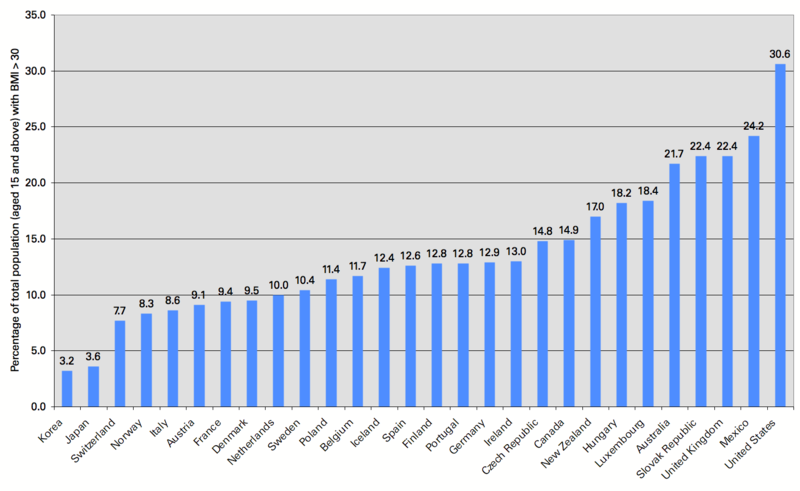 The lobbing of the old olive trees and the lilac tree has made room for new garden beds in the back of the garden, in an area which has a bit of shade at the moment but is going into full sun soon. It's the ideal spot for tomatoes and I planted several plants from self sown seeds out of the compost. The first bed was created about four or five weeks ago and I used some Pura Veda seeds to get a bit of ground cover and much needed shade from the direct sun impact.
The lobbing of the old olive trees and the lilac tree has made room for new garden beds in the back of the garden, in an area which has a bit of shade at the moment but is going into full sun soon. It's the ideal spot for tomatoes and I planted several plants from self sown seeds out of the compost. The first bed was created about four or five weeks ago and I used some Pura Veda seeds to get a bit of ground cover and much needed shade from the direct sun impact.I used old jarrah planks to shape the beds and put some mulch around them after I had lifted the useful earth into the beds from the outside ot the area. On the side of the bed I am raising more tomatoes, zucchini and kohlrabi seedlings in pots.
 The bed to the back left followed about two weeks ago and I sowed some yellow beans, kohlrabi and rocket. The garden bed in the forefront is just a week old and holds more tomatoes, spring onions and more radishes will hopefully come up. I also just stuck into the ground two onions which have started growing in my kitchen draw and were no longer useful in food. Hope to get some seeds out of them and they might also work as repellent against pests.
The bed to the back left followed about two weeks ago and I sowed some yellow beans, kohlrabi and rocket. The garden bed in the forefront is just a week old and holds more tomatoes, spring onions and more radishes will hopefully come up. I also just stuck into the ground two onions which have started growing in my kitchen draw and were no longer useful in food. Hope to get some seeds out of them and they might also work as repellent against pests.
My experiment with lettuces in pots worked well again this year. The seedlings just came up in the area where we had lettuce last year. the plants are going to seeds now a bit early because of the hot weather last week. To the right of the picture are some tomatoes just about to set fruit, and starting to climb up the home made frame. In the front are some sweet potatoes, the leaves are good for stir fry too.
 This is the 2011 lettuce patch, plants are shooting up here too, desperate for some water. The soil is depleted, as no additional manure was added since last years crop, but we got about 8 weeks of lettuce out of it and are still picking leaves as we go. I am looking forward to the sunflowers reproducing last years splendid work in attracting bees to the garden and providing shade to the crops below.
This is the 2011 lettuce patch, plants are shooting up here too, desperate for some water. The soil is depleted, as no additional manure was added since last years crop, but we got about 8 weeks of lettuce out of it and are still picking leaves as we go. I am looking forward to the sunflowers reproducing last years splendid work in attracting bees to the garden and providing shade to the crops below.
To the left of the 2011 lettuce patch is a new area where I grow green beans, peas and coriander next to parsley in the shade of an orange tree. The beans just started climbing on the hand made frame and a bamboo pole. The patch is visible from the kitchen and I enjoy watching the beans grow every day. This picture also shows one of my fruit-fly traps. First results are out and need to be written up in another post.












